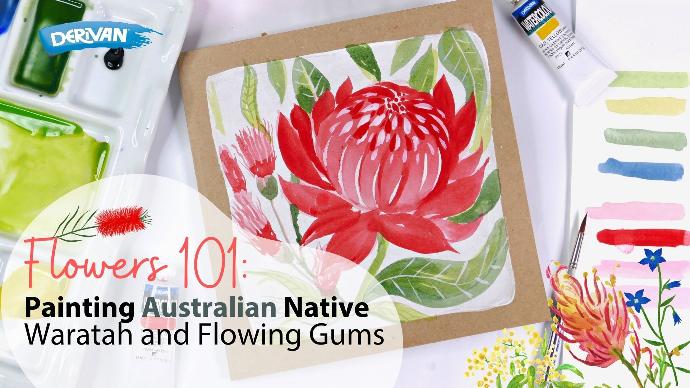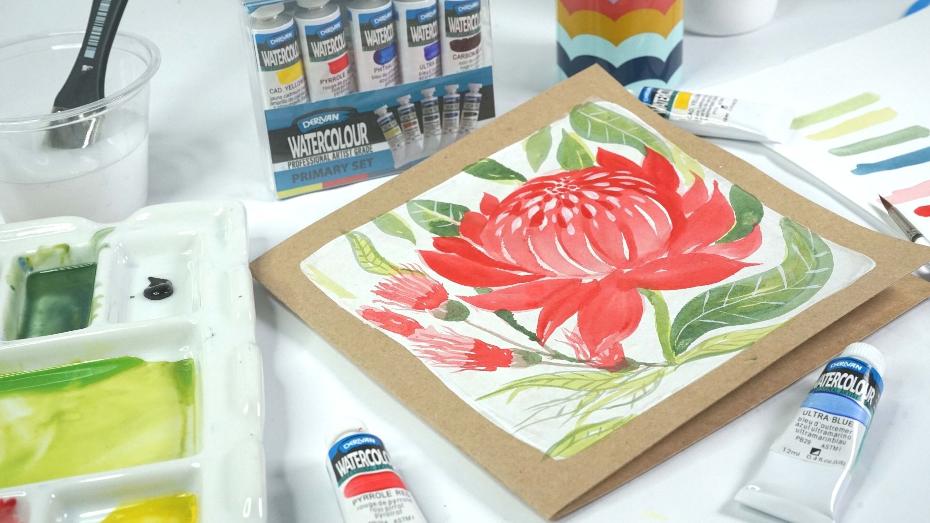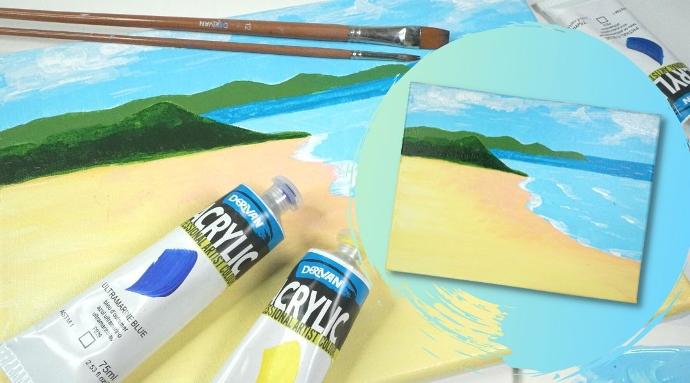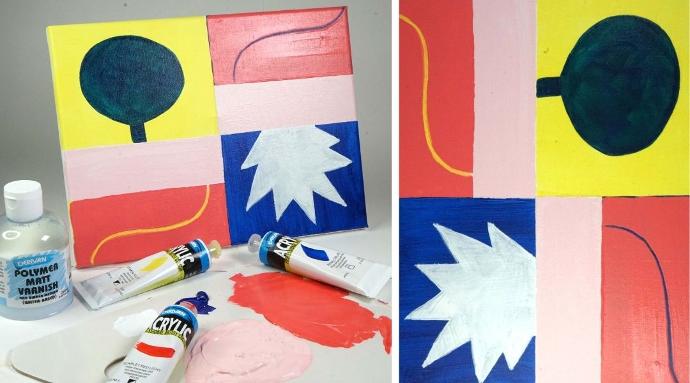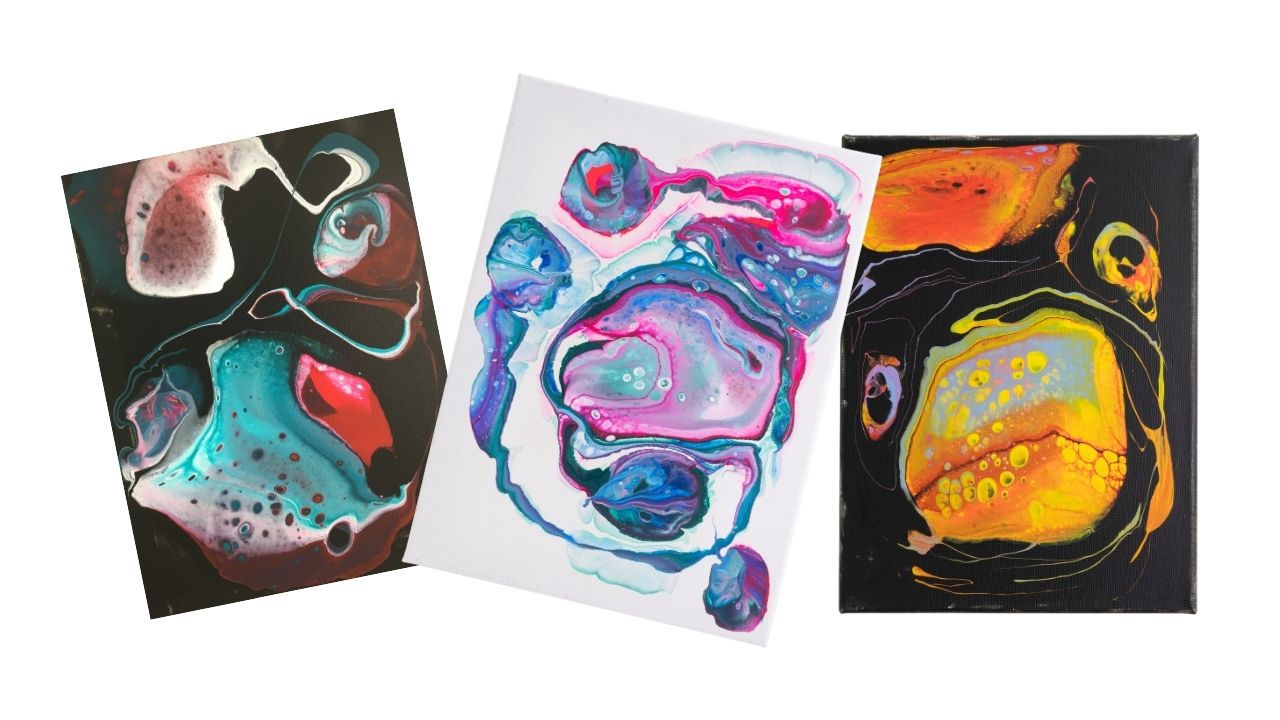How to Paint Australian Native Waratah and Flowering Gum in Watercolour
BRUSH UP ON YOUR PAINTING SKILLS WITH THIS TUTORIAL.
Are you looking for a new way to express your creativity? Painting Australian native species in watercolour is a great way to do that! You can paint from life or from photographs, and there are plenty of resources online to help you practice.
This is a tutorial on how to paint Australian native Waratah and Flowering Gums in watercolour. I share the supplies you'll need, the different materials to use, and the techniques I use when painting them.
A native Australian, Waratah is a lovely plant with pink flowers. It's also the state flower of New South Wales, named in honour of Queen Victoria due to her fondness for these plants.
Painted in watercolour, they are a beautiful addition to your artistic repertoire.
The Waratah comprises many different colours and tones, which can be achieved with various amounts of water and pigment on the brush. The two critical steps to painting this Australian native species are capturing its shape and adding colour to its centre.
To capture the shape, you'll need to lay down the lighter colours first (this will ensure that you don't lose sharp edges). Then you can start drawing lines around the flower, making sure that you maintain crisp edges by using small movements with your wrist.
To add colour into the centre, mix some darker colours and use quick strokes to make it look like rays of light coming out from the centre. This will give it depth and make it look like it has layers.
YOU WILL NEED
When you want to paint Australian native Waratah and flowering gum, you will need the following materials:
Size 5 flat synthetic Brush
Brown Craft Card ( 200 gsm in weight and at least A4 sized )
*Travel Brush included
scissors
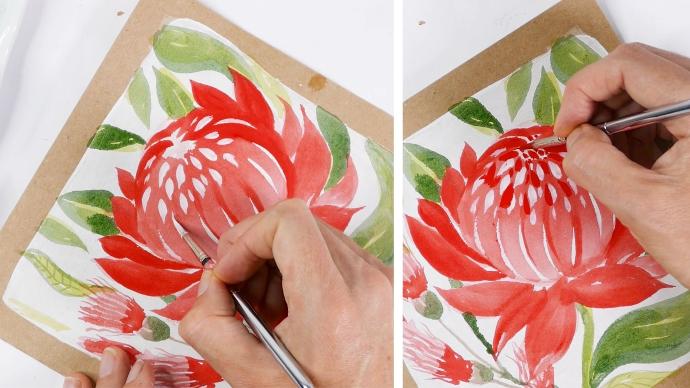
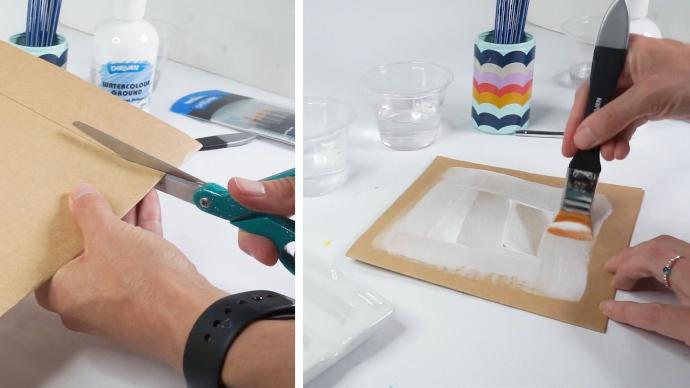
STEP ONE
The first thing you will do is cut a piece of paper to the size of the card you want to cover. Next, prepare the surface by painting the card with a coat of watercolour ground. This Derivan Medium is a primer and can create a white background and holds watercolour pigments.
STEP TWO
Okay! We're going to mix up the colours! For this artwork, we're mixing some shades of red and making some green hues out of Cadmium yellow and Ultra-blue and phthalo blue. See the recipe list for a breakdown.
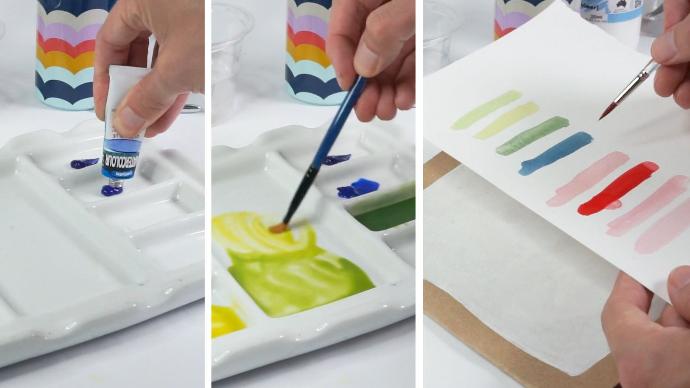
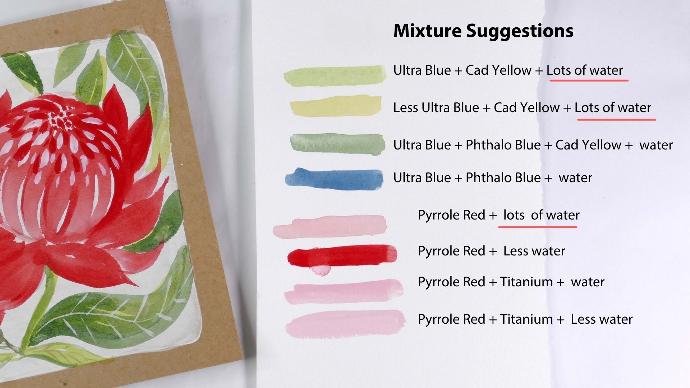
MIXTURE SUGGESTIONS
Here is a list of Mixture suggestions that will allow you to create a great range of colours before you start painting.
STEP THREE
As a rule, always start with the light and work your way to the darker paint shades. So using the lighter shades of your colour mix, draw out your beautiful Waratah and surrounding flowers.
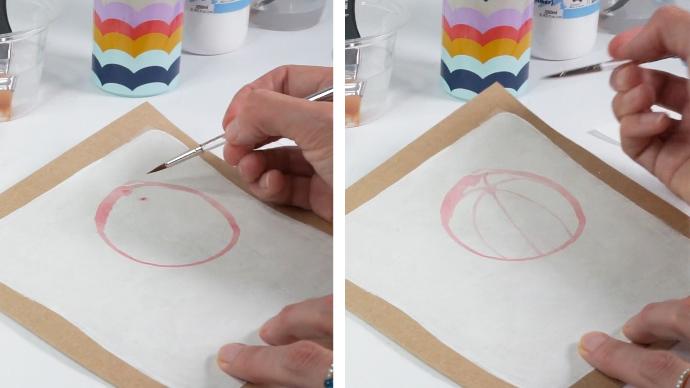
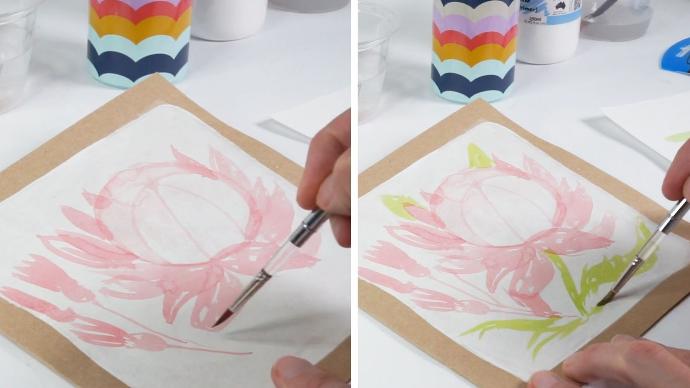
STEP FOUR
If you're worried about being precisely precise, don't worry. When using the Derivan watercolour ground as a background, you can dampen your cloth or wipe and erase any mistakes you have made.
STEP FIVE
This is the fun part! Once you have the outline and shapes you like, wait for the layer to dry. Once touch dry, start applying darker shades of the Waratah leaf shape.
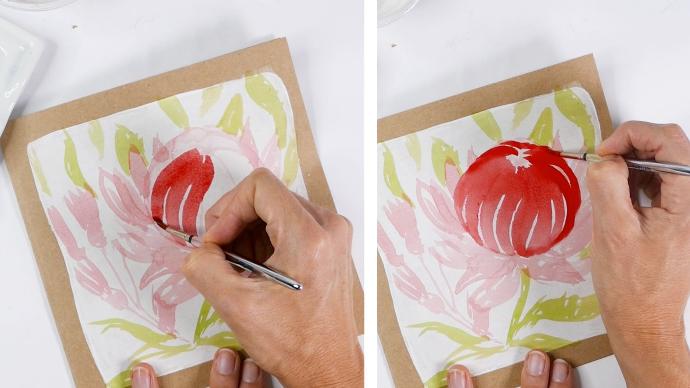
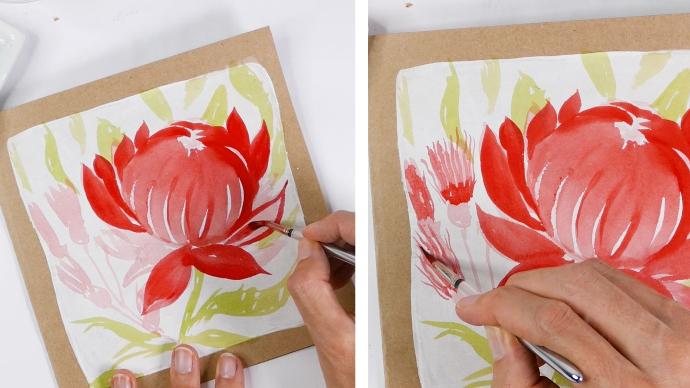
STEP SIX
These are the steps to being an artist. Make sure you're painting the Waratah's petals one by one, remembering to add a little more red every time.
STEP SEVEN
You'll also need to use a darker shade of green for the leaves. The best way is to follow the outline and fill in the leaves with your darker green. And as you work, make sure that the shading is even and let the shape of your brush create forms that are pleasing to your eye.
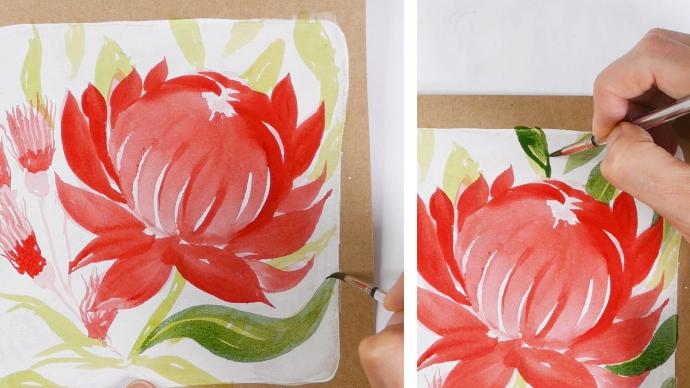
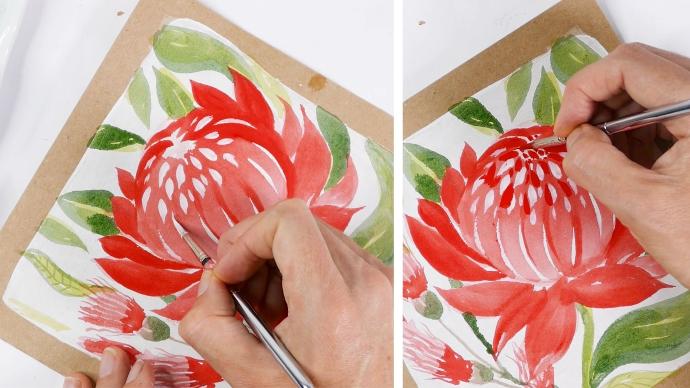
STEP EIGHT
When the paint is dry, highlight the petals with a mixture of white and Pyrrole red. For this, use your smaller brush. For the highlighted area, add some dark red around it. This will make your flower look like it has a bit of depth to it!
